The Voyager mission not only transformed our knowledge of Jupiter, Saturn and their dozens of moons, it also gave us our first close-up look at the strange and wondrous planets Uranus and Neptune.
Voyager will be remembered as one of the greatest achievements in exploration. As you read this, the two Voyager probes are still operating and travelling where no spacecraft – or anything else touched by human hands – has ever gone before.
In August 2012, Voyager 1 left our planetary system and entered the mysterious region between the stars: interstellar space. Voyager 2 joined its pioneering twin in the outer limits of the Sun’s sphere of influence in 2018.
In the decades since the two craft were launched into space, Voyager 1 has travelled more than 20 billion km, while Voyager 2 has hit the 17 billion km mark.
It's worth pausing to reflect on the vision that inspired Voyager, its greatest achievements and its enduring legacy – how the two probes and their findings inspired those that followed and how they continue to influence NASA missions today.
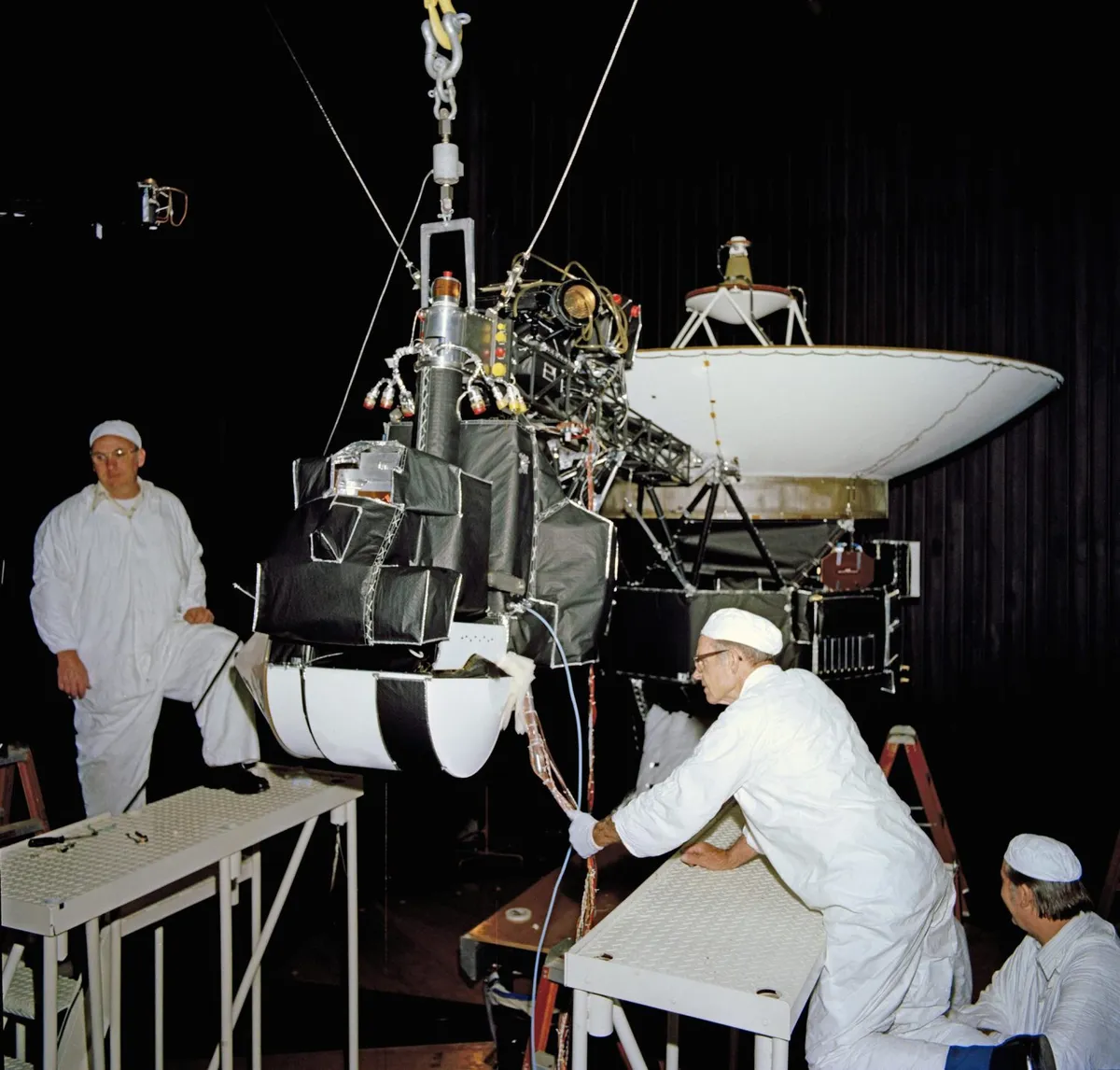
In my quieter moments, I think about a time, billions of years from now, when our Sun has become a red giant. By then, Earth will no longer be habitable and, in order to survive, humans will have ‘left the nest’ for another home, following a path forged by the Voyager missions.
It's humbling and inspiring to think that, even then, the Voyagers will still be Earth’s ambassadors – each one a time capsule from an era when audacious explorers on our Pale Blue Dot reached out to the stars beyond our Solar System.
Curiosity is in our DNA. As humans, we’re compelled to explore, to find out what lies beyond the next hill.
Not only has the science produced by the Voyager mission been captivating, the probes themselves captured the world’s imagination by each carrying a greeting for extraterrestrial civilisations, in the form of the Golden Records.
While Pioneers 10 and 11 each carried small metal plaques detailing their origin and date of launch, the Voyagers’ Golden Records were considerably more ambitious.
The twin phonograph records brim with images and sounds that provide a snapshot of the diversity of life and culture on Earth to anyone that might discover them. As Carl Sagan noted, “The launching of this ‘bottle’ in the cosmic ocean says something very hopeful about life on this planet.”
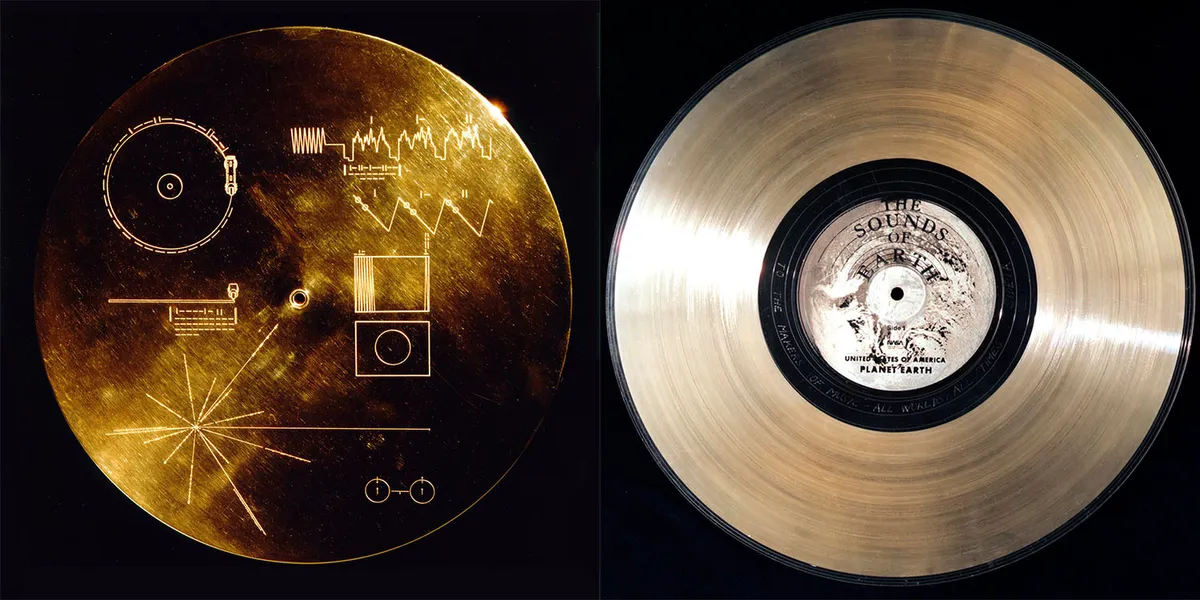
Why were there two Voyager spacecraft?
The Voyager mission was as ambitious as it gets. Collectively, the Voyagers visited more planets, discovered more moons and imaged more places than any other spacecraft in NASA history.
One of the questions I’m often asked is: why were there two Voyagers? Voyager was an early NASA mission, at a time when flight systems were known to suffer many anomalies that would put them in safe mode, a condition that typically shuts down all science instruments and looks for commands from Earth.
Since the Voyager missions were flybys, anomalies that would require a lot of time to diagnose and correct could result in us missing an encounter and all the science that might derive from it.
By having two spacecraft we could increase the odds of the mission’s success. The same strategy was employed with the Mars exploration rovers, Spirit and Opportunity; having two rovers not only provides a redundancy and gives us a bigger margin for error.
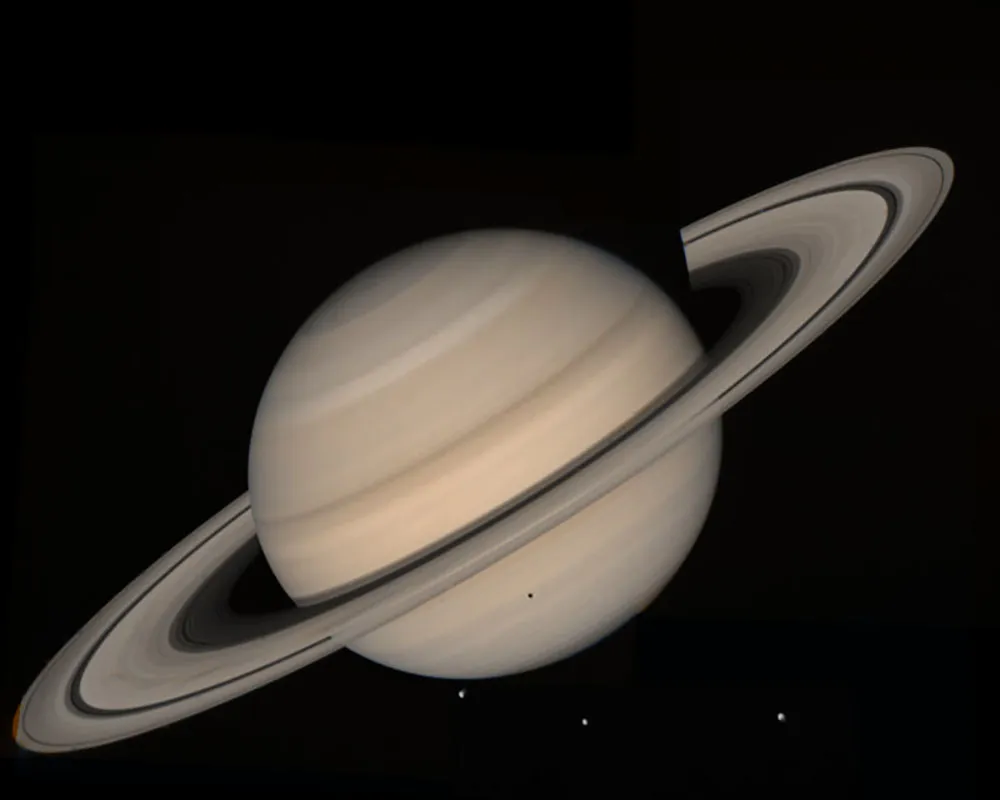
It quickly became clear that this ‘one-two punch’ strategy was the best one to adopt. Voyager 1’s scan platform, the swivel that moves its cameras and instruments from side to side, became stuck for several weeks in 1978.
The same platform became stuck on Voyager 2’s as the spacecraft was pulling away from its closest approach with Saturn. Fortunately Voyager 2 produced fantastic results at Saturn despite the technical problems, but the anomalies reinforced the value of redundancy and having a second craft as a back-up.
As the first mission to take in the four giant planets in the outer Solar System, Voyager produced a bonanza of new science.
Among the mission’s accomplishments was the discovery of previously unknown moons and rings, the finding of active volcanoes on Io, Neptune’s Great Dark Spot and powerful winds and erupting geysers on Triton.
The discoveries didn’t stop with the probes’ last planetary flybys though. In 2012 Voyager 1 became the first spacecraft to leave the heliosphere, delivering the first measurements of the full intensity of cosmic rays and the galactic magnetic field from interstellar space.Voyager 2 provided the first measurements of the solar wind termination shock.
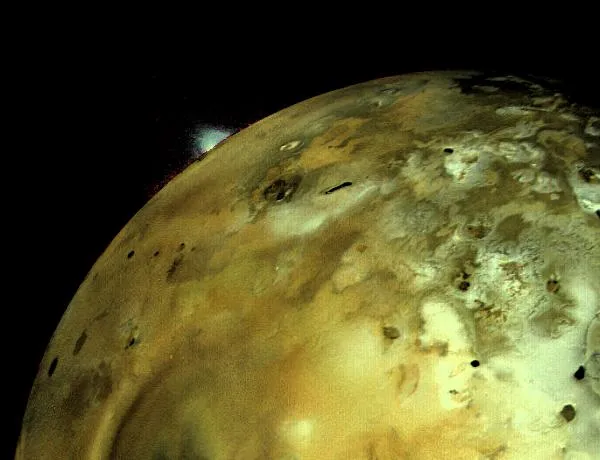
How Voyager influenced current Solar System exploration
NASA’s Planetary Science Division follows a paradigm for its exploration of the Solar System: flyby, orbit, land, rove and return samples.
The Voyagers were – and in some ways continue to be – the scouting party and the instigators of this paradigm. They forged the way with flybys that have enabled us to take the next steps.
Indeed, the Voyager spacecraft allowed us to survey what’s out there and decide on our priorities for further study. As flyby missions, the Voyagers reinforced the planetary science paradigm, which has been, and continues to be, tremendously successful.
Critical to the success of the Voyagers’ tours of the outer planets was the principle of gravity assist – using the mass of a planet or another object in space to alter the speed and trajectory of a spacecraft. Voyager 2 nailed the gravity assist to tour Jupiter, Saturn, Uranus and Neptune.
Since then, a number of missions have employed gravity assists to save fuel and dramatically reduce the amount of time it takes to reach destinations in the outer Solar System.
Voyager paved the way for a number of NASA missions: the Galileo and Juno missions to Jupiter, the Cassini mission to Saturn.
New Horizons flew by Pluto with a boost from Jupiter’s gravity. OSIRIS-REX, bound for asteroid 101955 Bennu, got a gravity assist from Earth to slingshot it more rapidly to its destination.
On the other hand, mission planners for Messenger used gravity assist not to speed the spacecraft up, but to slow it down, so it could successfully enter Mercury’s orbit.
Messenger received assists at Earth and Venus, and three separate assists from Mercury itself before being placed into Mercury’s orbit.
Cassini received two gravity assists at Venus and one each at Earth and Jupiter en route to Saturn. Cassini has mastered the art of gravity assists and uses close flybys of Saturn's largest moon Titan to continually reshape its orbit.
This has allowed Cassini to obtain new views of many of the Saturnian moons that would be otherwise inaccessible, and produced significant scientific results.
In order to observe Neptune’s moon Triton, Voyager 2 performed a very close flyby of Neptune that saw it pass about 5,000km above the planet’s north polar cloud tops.
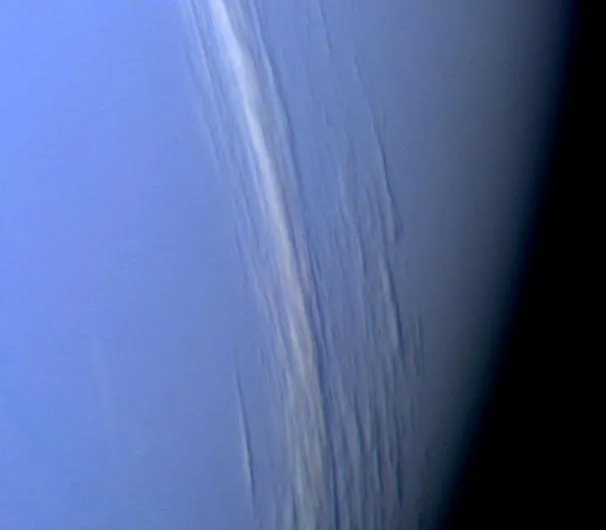
This was the closest trajectory that any spacecraft had followed around one of the outer planets and initiated the development of precision trajectories for future flybys that would be even closer.
One such flyby took Cassini through the plumes bursting up from Enceladus, bringing the probe within 15km of the moon’s icy surface.
While the Voyagers had limited programmable memory, it proved to be a critical resource that was used extensively and reprogrammed on a number of occasions.Consequently, all subsequent planetary missions were given large programmable memories.
The Voyagers set the agenda for future planetary exploration.Though they taught us much about the ice giants and their moons, the relatively primitive instruments of those missions, and the relatively low volume of data returned raised more questions than answers.
The Voyagers piqued our curiosity about the internal structures and compositions of the giant planets. We have much to learn about their polar regions and the origin of their magnetic fields.
The Voyager mission was a case of the more we know, the more we appreciate what we need to learn. As such, Voyager paved the way for a number of NASA missions: both the Galileo and Juno missions to Jupiter, and the Cassini mission to Saturn with, appropriately, a gravity assist from Jupiter.
The Europa Clipper mission is an orbiter that also builds on the experience gained from Voyager. Clipper is scheduled to launch in the early 2020s and a subsequent lander mission would be a logical successor that could explore the surface but also seek evidence of life beyond Earth.
While the Voyagers' 'grand tours' didn’t include Pluto, the New Horizons mission ‘completed the set’ with a flyby of Pluto in July of 2015 – aided once again by a gravity assist from Jupiter.
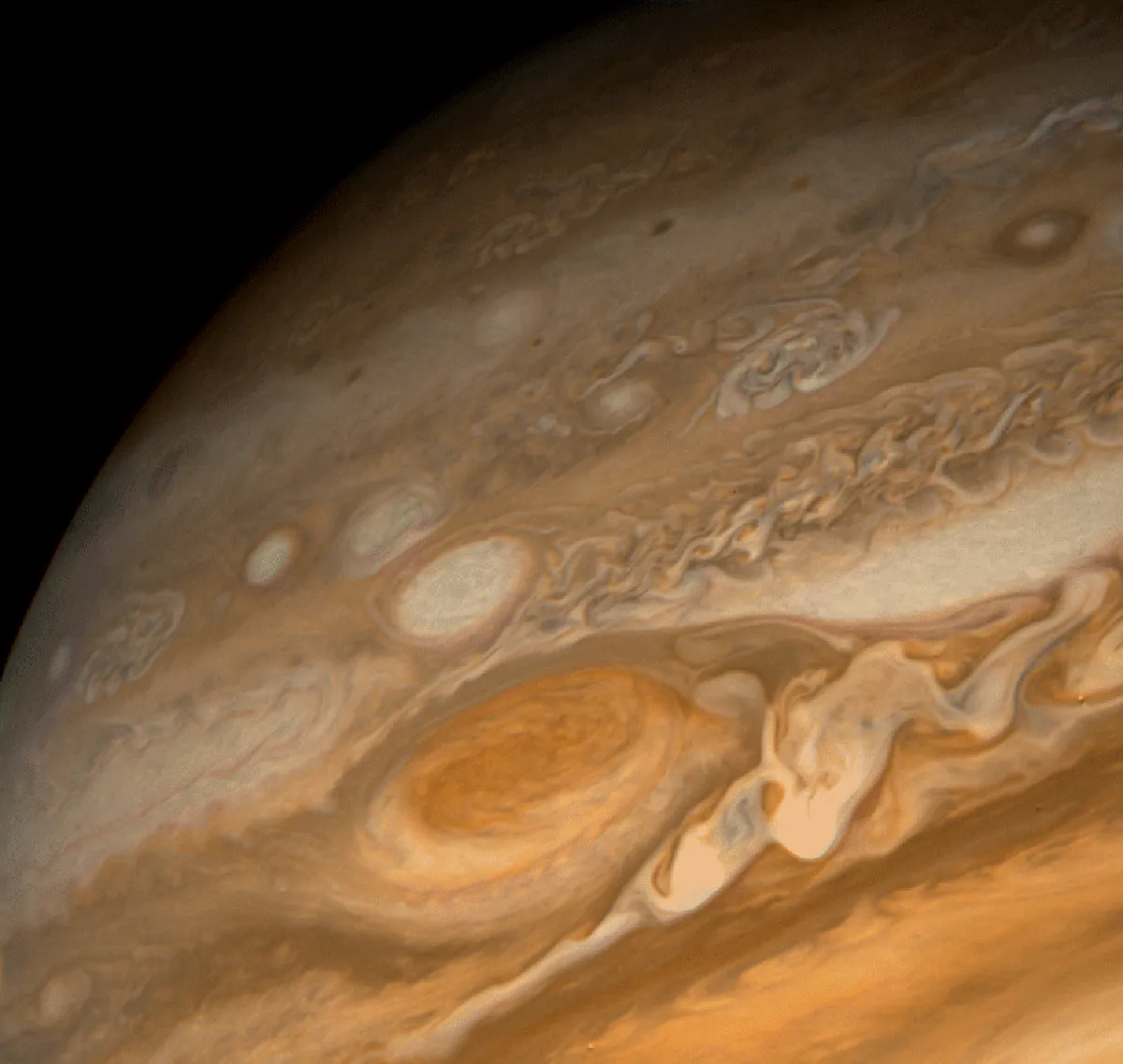
Returning to the ice giants
The ice giants Uranus and Neptune have remained unexplored since Voyager 2, but that could change in the years to come. The current Planetary Science Decadal Survey, which covers 2013–2022, lists a return to Uranus or Neptune as a top priority.
A recent NASA-led pre-decadal survey explored a variety of potential mission concepts including orbiters, flybys and probes that would dive into Uranus’s atmosphere to study its composition, possibly in the late 2020s.
Voyagers’ discoveries also inspired a future mission to Jupiter’s fascinating volcanic moon Io, with an Io Observer listed as one of the priorities in NASA’s New Frontiers line of missions in 2003.
The Voyagers piqued our curiosity about the internal structures and compositions of the giant planets. We have much to learn about their polar regions and the origin of their magnetic fields.
Very little is known about the magnetic fields and magnetospheres of Uranus and Neptune, aside from what was learned through the Voyager encounters more than two decades ago.
But questions remain about their magnetosphere-ionosphere coupling processes and their link to the aurorae and moons.
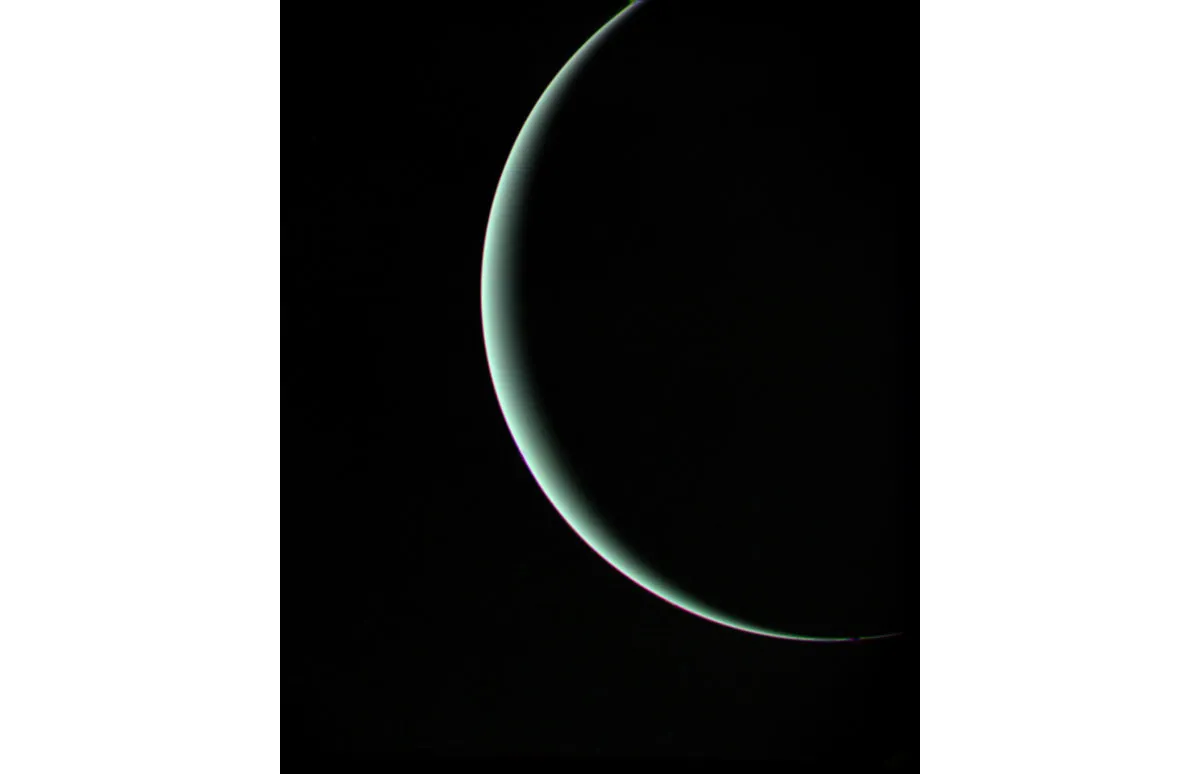
Also puzzling are Neptune’s heat flow, which is around 10 times larger than expected, and Uranus’s, which is about three times greater than anticipated. But the causes are unknown.
At Neptune, Voyager found nitrogen geysers erupting into the stratosphere from Triton’s ultra-cold surface.
We also still have much to learn about the final frontier of the Solar System, so visiting the heliopause with a more capable mission is on my bucket list.
Looking back on the Voyager mission, we can reflect on what drives us to understand our origins and what our future may hold. Curiosity is in our DNA. As humans, we’re compelled to explore, to find out what lies beyond the next hill.
The Voyager probes not only transformed our view of science and the Universe, they also changed us as people. Who isn’t awestruck and humbled by the iconic image of our home planet, that Pale Blue Dot, seen by Voyager 1 from a distance of six billion km?
We were compelled to repeat that experiment with Cassini as we viewed Earth through Saturn’s rings.

Voyager also taught us the art of patience. The time it took for the probes to complete their investigations required that the NASA scientists involved with the mission make a long-term investment in the project.
Any gratification that came from it would be severely delayed, but, as history show has shown, it would be worth the wait.
As a graduate student, I was transfixed by the Voyager flybys. Now, as NASA’s director of planetary science, I yearn
to return to the outer Solar System, to go back to Uranus and Neptune and discover even more about the ice giants.
There are still legacies of the Voyager mission out there waiting to be fulfilled.
